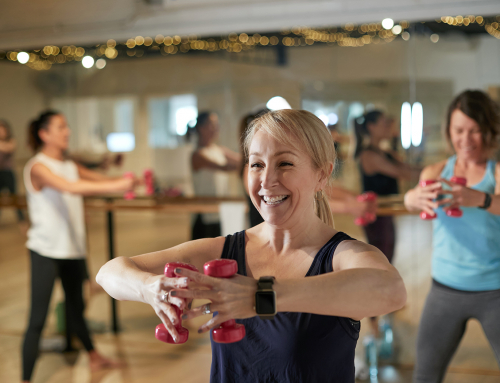My most vivid memories of the 80’s are scrunchies in my hair, endless potato cakes (guilt-free as a teenager) and my first visit to the gym. I was taken to an aerobics class by my older brother’s girlfriend and, as I was an accomplished dancer at 15, I was allowed to “join in”. It was packed with fluro g-string leotards over fluro coloured bike shorts and yes, more scrunchies than I had ever dreamed of. The ultimate in 80s glamour and the place to be seen.
The domination of gym group classes in the 80’s was monumental. An accessible form of exercise that was fun, energetic and good for you, right? Well, the gym classes of today may have changed a lot, but they are now being taken on by boutique studios that are popping up in vacant warehouses and old Milk Bars everywhere.
It does bear the question, why should you leave your cheaper conventional gym membership for a more specialised and expensive boutique studio?
1. Instructor Expertise
You get the expertise you pay for.
Boutique gyms are run by leaders in their field who are passionate about helping people improve their health, technique and alignment but will ensure that they stay safe. Classes are designed by the instructor and can be modified where needed. This is a skill that only comes with experienced and well qualified movement specialists. A gym instructor can be qualified online in a matter of weeks. They may be beaming with energy and the latest in Lululemon headbands, but exactly what are their qualifications and experience?
2.Class Sizes
Smaller is better (and safer) in boutique.
We’ve all been to that gym class that is literally so packed that you have one leg wrapped around a spin bike at the back of the studio. It makes sense for business – the more people, the more money. But for safety, it’s not great. Boutique classes are smaller so you get hands on attention if you want it, modifications for exercises that don’t work for you and the instructor will know your name because they signed you in!
3. Equipment Quality
All yoga mats were not created equal.
Some last a lifetime and are made from recycled products whilst others are synthetic, and leave you eating purple rubber when performing child’s pose. One is cheap; one is not. You should expect better quality equipment that is updated regularly. Not a hand weight that looks like diggers from WWII have just finished a circuit class with it.
4. Cleanliness
Leave your classes feeling aligned and inspired, not contaminated and infected.
I recently had a guest instructor teach a yoga class who was shocked to watch our clients finish class and immediately clean mats and wipe down equipment with sterilizer before he had finished saying Namaste. Boutique studios are easier to manage and keep clean due to the limited amount of people in classes, smaller studio sizes and better quality equipment which is easier to keep clean.

5. Community
Your hub, your posse, your tribe, whatever you want to call it!
Studio classes like Barre and Pilates are fast becoming our Friends’ Central Perk. It’s a place where people gather together, perform exercises without fear and then come back week after week. The instructors call out “one more set I promise”, you laugh knowingly to the person next to you, and before you know it, you’re having tea after class and retreating in Bali together. Finding the time, energy and money to commit to exercising is hard enough as it is, you want the place you go to feel like home.
Welcoming, warm and friendly, Boutique studios are a reflection of the instructors who own them. They are often the accumulation of a lifelong passion with movement and a focus on the individual, not the fluro masses.

About the author
Lisa Minett is an experienced and dedicated Yoga and Dance teacher with over 20 years experience working as a professional performing artist and educator. Previously the Head of Movement and Dance at NIDA, she is the now the owner/director of My Mama Said, a vibrant studio in Melbourne offering 45+ classes a week in Barre, Pilates and Yoga.





Leave A Comment
You must be logged in to post a comment.